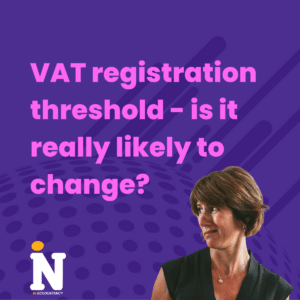The policy of Asset Purchases by the Bank of England (or any other Central Bank) is often known as ‘Quantitative Easing’. We first saw QE in 2000 in Japan when the central bank used it to ease deflation. The US Federal Reserve (Fed) employed QE in 2008, while the Bank of England’s Monetary Policy Committee (MPC) followed in 2009. But what exactly does QE entail, and why have we seen it deployed so often in recent years?
Quantitative Easing does not involve printing more bank notes. An asset purchase programme is not about giving money to banks. Rather, the policy is designed to circumvent the banking system. The Bank of England electronically creates new money and uses it to purchase gilts from private investors such as pension funds and insurance companies. These investors typically do not want to hold on to this money, because it yields a low return. So they tend to use it to purchase other assets, such as corporate bonds and shares. That lowers longer-term borrowing costs and encourages the issuance of new equities and bonds to stimulate spending and keep inflation on track to meet the government’s target.
In March 2009, the Bank of England Monetary Policy Committee (MPC) announced that it would reduce the Bank Rate to 0.5%. The Committee also judged that the Bank Rate could not practically be reduced below that level and in order to give a further monetary stimulus to the economy, it decided to undertake a series of asset purchases. Between March and November 2009, the MPC authorised the purchase of £200 billion worth of assets, mostly UK Government debt or “gilts”.
The purpose of the purchases was and is to inject money directly into the economy in order to boost nominal demand. Despite these different means of implementing monetary policy, the objective remained unchanged – to meet the inflation target of 2 per cent on the CPI measure of consumer prices. Without that extra spending in the economy, the Banks’ MPC thought that inflation would be more likely in the medium term to undershoot the target.
When interest rates are already low, QE is a way for the world’s central banks to boost the economy and avoid deflation. They ‘create’ money — not actually printing it but electronically using it to buy assets from financial businesses. The banks, insurance companies and pension funds selling such assets can then use the proceeds either to invest in other assets or to lend to consumers and businesses at attractive rates. Money is released, lent and spent.
On the flip side, critics say lending to businesses and individuals remains sluggish. There’s no guarantee the proceeds of any asset sales are used to invest or lend, and indeed many banks have simply used QE to help strengthen their balance sheets. The reality is that we can never know what state the UK or other economies would have been in following the financial crisis without the QE measures. QE impact is difficult to measure – it’s not immediate or direct and at the same time the economy is influenced by other drivers. Now we hear that the European Central Bank is to use Quantitative Easing as the latest way of stimulating the stifled European Community economy. The outcome of this will be as interesting as ever to analyse.






